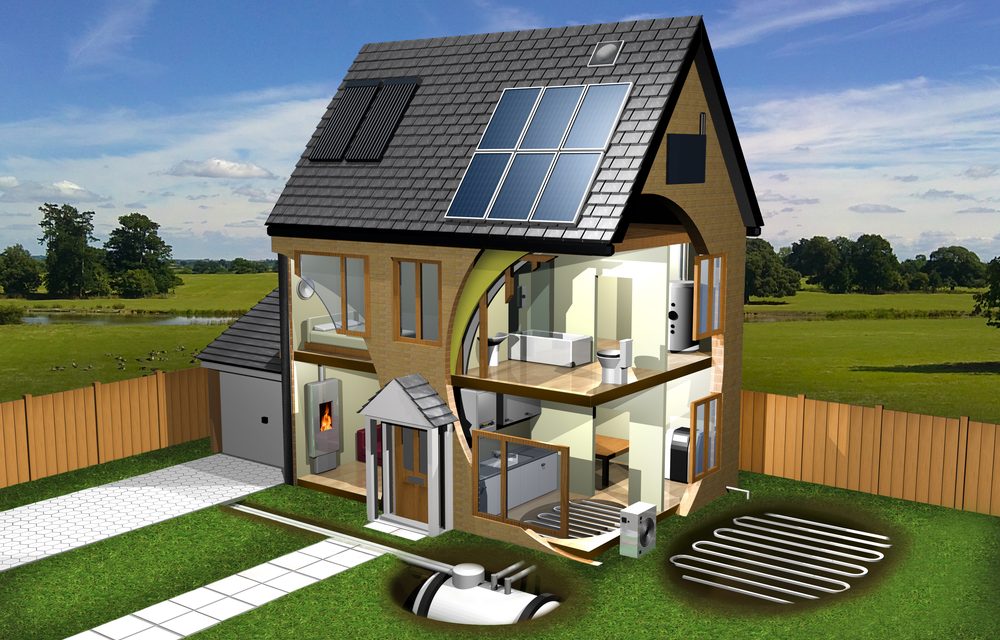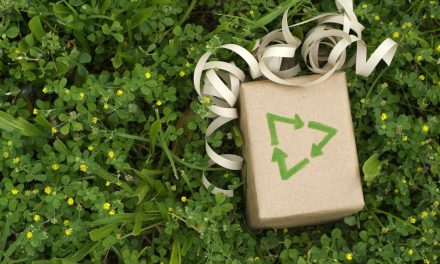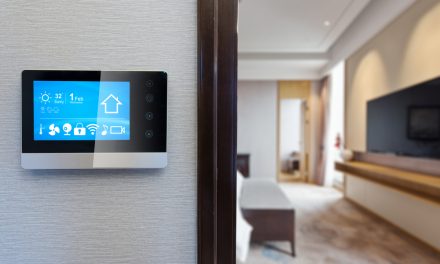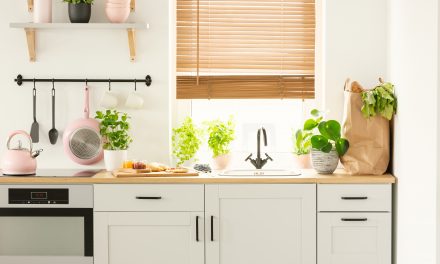If you’ve already gone that wonderful extra mile of installing solar panels in your home, congrats! If you’re looking for ways to take this green venture even further around the house, then we’ve got you covered. From larger investments to small, simple changes, there are plenty of ways you can reduce your carbon footprint by implementing any – or all – of these environmentally friendly habits. Like it or not, it’s time for us all to step up to the plate and do what we can to improve life for the planet.
Appliances
Let’s start on a large scale: appliances. Energy efficient appliances have been around for quite some time (a little over twenty years, now). As with anything, the longer they stick around, the more effective they become. Dishwashers, for example, have gone from using 4-5 gallons of water per load, to only 3. If your dishwasher was made prior to 1994, you’re using 5 times the amount of water than with an Energy Star rated model. It’s a larger investment, for sure, but it will save money and a precious finite resource. That’s fine by us!
Light Bulbs
If you’re still using the incandescent lights (for practical or decorative use) then it’s past time you stepped out of the past and joined us here in the future. LED lights use between 70 and 90% less energy than traditional bulbs, and their lifespan is 15 times longer. Every light in your house can save you money.
Choosing The Right Cycle
When it comes to using your appliances, you can save energy – and a few pennies – by choosing the right loads. Always wash a full load (without overloading), use cold water for your laundry, hang dry your more delicate clothes to reduce drying times, and run a regular cycle with the dishwasher. You might think with a one-hour cycle would save water, since it saves time, but in actuality the one-hour setting uses twice the amount of water.
Faucets and Toilets
Believe it or not, your entire bathroom can be converted to use less water with energy efficient faucets and low-flow toilets. If you’ve got hopes and dreams for a bathroom renovation soon, don’t neglect these areas. Take the opportunity to find fixtures that will save water in the long run. You won’t need to compromise on style, either, so get the best of all worlds!
Compost and Drought Proofing
When it comes to your yard, roughly 30% of all water that is used for outdoor purposes goes to watering the lawn. You can reduce that amount by planting grasses and plants that are native to your area and can survive with just rainfall. While you work on converting your lawn, you can also create a healthier yard (and improve the water quality) by composting your food waste and using it as fertilizer. Dense with natural nutrients, compost produces a beautiful lawn at no extra cost to you. You can set up a simple system, or shop for the fancy versions that not only produce fertilizer, but convert part of your compost to gas that is then funneled back into your kitchen for cooking. Talk about the circle of life.
While there are many ways to reduce your carbon footprint – reusable bags and dishes instead of single-use plastics – in your daily life, there’s no reason your house can’t manage the brunt of the work, as well.




